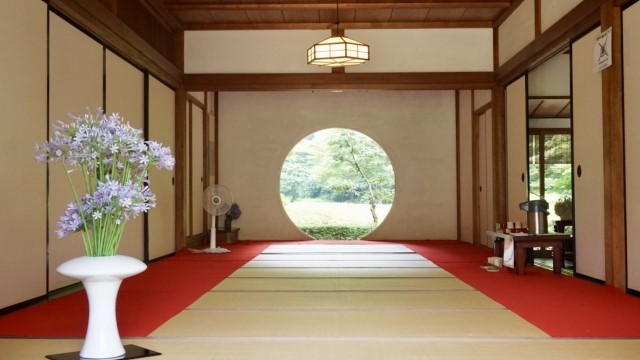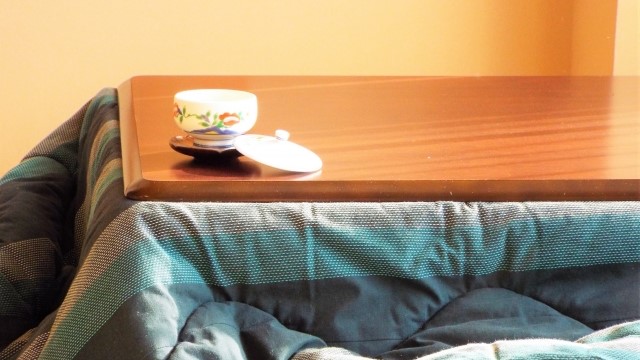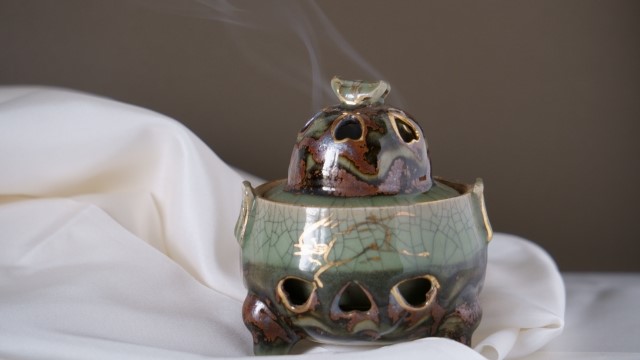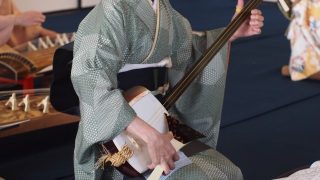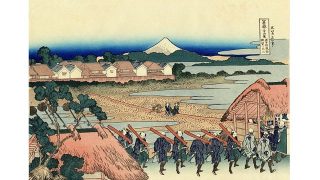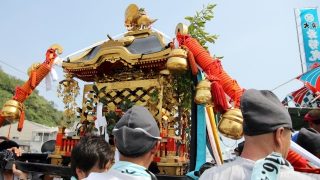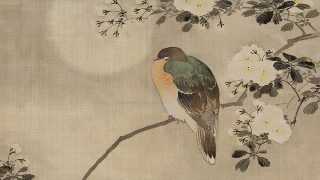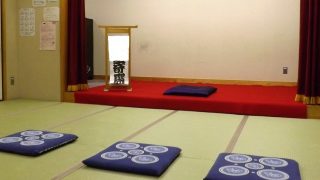About Shoji (障子)
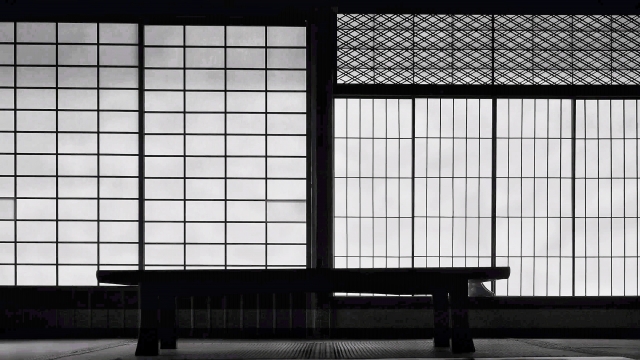
Shoji was originally a generic term for partitions that could be folded and carried around, from folding screens and Fusuma to doors.
Fusuma-shoji is a sliding door partitioning an indoor space into small rooms.
The heavy paper and cloth on both sides of the wooden frame were painted with various pictures and served as a luxurious decoration for the room.
On the other hand, a Shoji with a wooden frame assembled in a lattice-shaped pattern and white Washi paper applied on one side is called Akari-Shoji.
Even when closed, the white paper allowed light to pass through, so it was used as a partition from the outside. Since the Middle Ages, it has been widely used, and the “Shoji” mainly means “Akari-Shoji.”
About Shoji paper
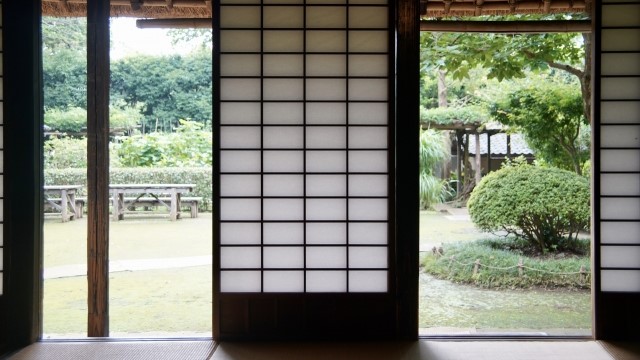
In recent years, Shoji’s papers for Shoji has become more diverse. In addition to conventional Washi paper, a variety of paper contains plastic that is resistant to tearing.
Shoji paper made from Japanese Washi is a sheet of light and natural solid fibers that are layered together to form a sheet, which creates several skids between the fibers and allows air to pass through.
When the room temperature is higher than the outside, it releases heat to the outside and vice versa. Therefore, it is cooler in summer and warmer in winter.
It is also moisture-absorbent, so it can prevent moisture from building up in the room.
The feature of Shoji paper with plastic is that it is hard to tear. However, there is no air permeability. There are also a variety of other types of Shoji paper, including patterned Shoji paper.
About Fusuma (襖-sliding door)
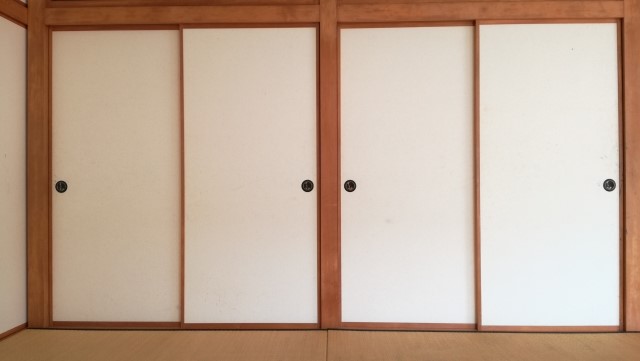
Fusuma is a piece of doors that separates a room from another room. Depending on the atmosphere and purpose of the space, different types of Fusuma paper were used.
Fusuma is suitable for summer in Japan because it can be removed to let in the wind. Washi, the material of the Fusuma, has excellent moisture retention properties, so it is also effective as a countermeasure against the winter cold. Since it is made of paper and wood, it also dampens moisture. The fittings are unique to Japan, where there are four seasons.
Enjoy using Fusuma

There are many types of covers, edges, and knobs that make up Fusuma, and by combining them, we can create Fusuma that matches the atmosphere of the room.
There are various types of Fusuma covers, such as those with Karagami patterns, paintings, and plain designs, ranging from mass-produced products to those made by hand.
Fusuma’s knobs are generally round or oval in shape, but they also come in a variety of other shapes, such as square or plant-shaped. Materials vary from metals such as gold, silver, and copper to wooden ones such as mulberry and cherry. These days, some of them are made of inexpensive plastic.
The edge surrounds the outer circumference of the Fusuma and supports and protects it firmly. It also plays a role in the design of tightening the whole. There is a wide variety of products, from high-quality products such as high-grade products to inexpensive plastic products.
Depending on the color, material, and thickness of the Fusuma’s edge, the impression of a Fusuma can be very different.


